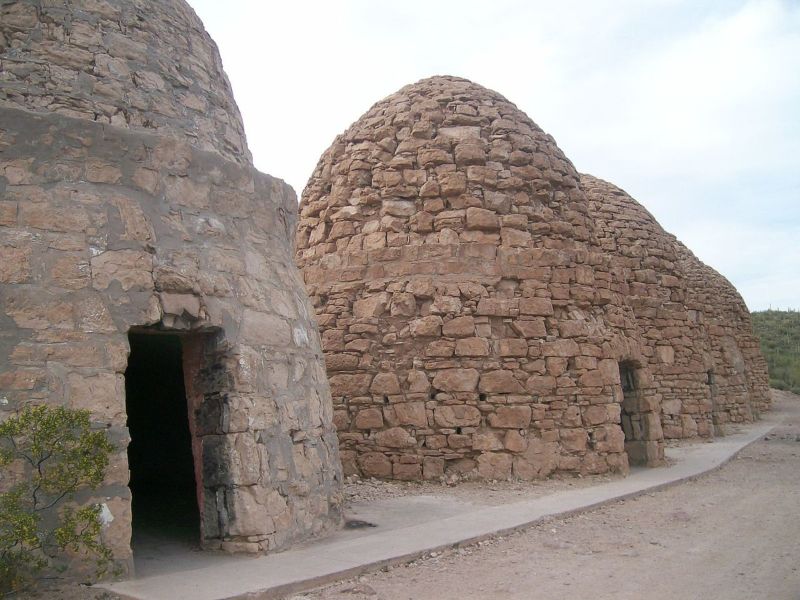Chinese ban on small coal-burning ovens took 15 years

Evidence of processing coal in what’s called a “beehive coke oven” in China has been found dating as far back as the fourth century, and the technology involved has not changed much since. Beehive-shaped ovens are used to cook mined coal to turn it into coke, the preferred starting material for making iron and steel. Coke is also desirable since it has a higher proportion of combustible carbon than coal, so it burns better. The processing causes its volatile exhaust gases to be burned off and released into the atmosphere.
China banned beehive coke ovens in 1996. But as a new analysis of the effects of this ban points out, “The poor implementation of environmental laws and regulations is common in China.” So the ovens did not actually disappear until 2011. The authors of the analysis hoped to quantify the effects of the ban—and the lackadaisical approach to enforcing it—on China’s health and environment. They hope that their data will strengthen the resolve of those who seek to pass—and enforce—similar laws in the future.
The authors used official government statistics and satellite images to track the emissions of polycyclic hydrocarbons and the incidence of lung cancer, checking their correlation with beehive coal oven use. In addition to the real-world data, they modeled two scenarios: (a) if no ban had ever been put in place; (b) if the ban had gone instantly into effect in 1996.
Due to market demand, 1996 was a peak year for coke production, so the use of beehive coke ovens soared. When the ban was instituted in 1996, more modern, mechanized coke ovens were increasingly pressed into use to take their place, with better emission-control regulations and stricter regulations. Even so, this study calculated that between 1996 and 2002—after the ban had been put in place—more than 20 percent of the carcinogenic hydrocarbons in the air came from beehive coke ovens. If the ban had never been passed, these emissions would have skyrocketed by 2015, going more than 50 percent higher than their actual peak in 1997.
The researchers, based primarily in Beijing and Yantai, a city southeast of Beijing, used benzo[a]pyrene as a proxy for all of the emissions from the beehive coke ovens and as an indicator of incremental lifetime cancer risk due to exposure to those emissions. They calculated that beehive coke oven use induced about 3,500 cases of lung cancer over their study period, from 1982-2015. Had there never been a ban on beehive coke ovens, that number would have been closer to 9,290—165 percent higher. Had the ban been implemented immediately in 1997, it could have been reduced to 1,500 cases, or a 57-percent reduction.
Beehive coke ovens in China were built and operated by local farmers so were difficult to find and monitor. They are cheap and easy to build, so these farmers could (and did) simply make new ones shortly after the government overseers demolished earlier ones. Modern, mechanized, cleaner, more efficient coke ovens take years to build, so in the short term it was tempting to let the banned beehive coke ovens fill the ever-rising market demand for coke.
The study authors conclude that this type of “quantitative evaluation combined with cost–benefit analysis are urgently needed in China as well as other transition economies, where many pollution-control actions are either accomplished, ongoing, or planned, without thorough evaluation.” As other countries move through the stages of industrialization, studies such as this one can be marshaled to provide data-driven support to those drafting policy—and those tasked with implementing it.
PNAS, 2018. DOI: 10.1073/pnas.1714389115 (About DOIs).
https://arstechnica.com/?p=1266613